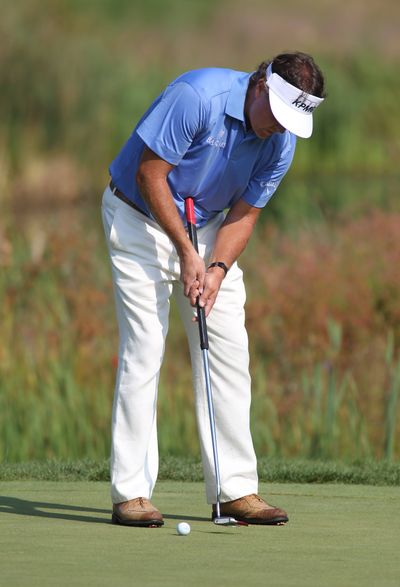Belly putter controversy rolls along

ATLANTA – Few things in golf can cause as much disagreement as the debate on the anchored putter.
PGA Tour commissioner Tim Finchem said over the weekend that his group disagrees with the stance taken by the game’s rulemakers, the United States Golf Association and the Royal and Ancient Club, who said recently that anchored putters shouldn’t be allowed in golf.
By anchoring a putter, a part of the club is pressed against the body. Doing so theoretically provides an advantage compared to the traditional free-swinging style of putting because the hands don’t have to support the club while at the same time guiding the swing. The USGA and R&A have discussed banning that anchored style.
The PGA Tour’s disagreement follows similar opinions already expressed by the PGA of America.
A small sampling of players are split on the issues, which involve the use of the putter as well as who decides the rules of golf.
Former Georgia Tech greats Cameron Tringale and Roberto Castro said they agree with the theory of the ban, but they support the PGA Tour’s decision.
“Do I think they (players who use one) are cheating? No,” Castro said. “Do I think they are taking advantage? I don’t know.” Troy Matteson, who used a belly putter competitively a few years ago before switching back, said there is no evidence that shows the anchored style puts the ball into the hole any easier than the traditional style.
“If it was really the way to putt, you’d see everybody using it,” the former Tech standout said, pointing out that Phil Mickelson tried a long putter for a short time before discarding it.
Tringale believes that anchoring a putter, which frees the hands from holding the club, does provide an advantage.“One of the biggest parts of golf at this level is dealing with the nerves and dealing with that pressure when your hands are shaking,” said Tringale.